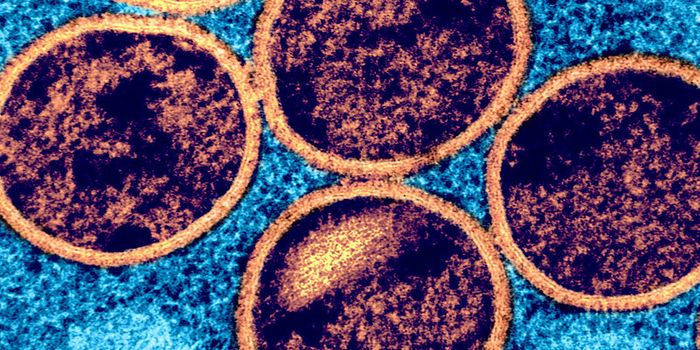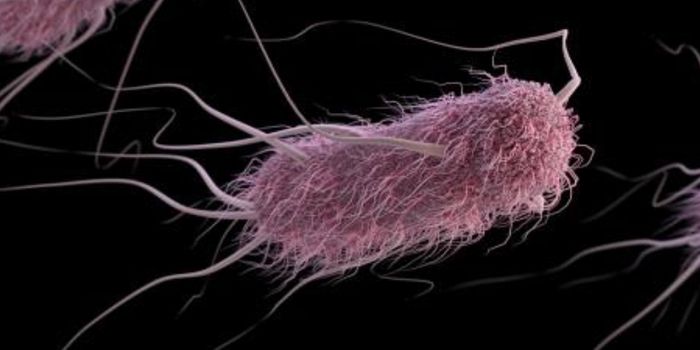Neutralizing Infections with Nanotechnology
Bacterial infections can be deadly, and clearing them from the body can present challenges. University of California San Diego researchers have now created tiny robots, powered by ultrasonic waves; these nanorobots can move through blood, neutralizing bacteria and the toxins they make. This early-stage work, which was reported in Science Robotics, might one day be used to clear blood or tissues of infection.
The engineers used gold nanowire to make the nanorobots, coating them with a fusion of membranes from platelets and red blood cells. This feature enabled the miniature robots to act like two different kinds of cells at the same time. As platelets, they can bind to infectious microbes like multi-drug resistant Staphylococcus aureus; as red blood cells they can take up the dangerous molecules synthesized and released by those bacterial pathogens.
The gold in the nanorobots can be controlled with ultrasound, so they can move around without needing fuel replenishment. They can also mix well with the targets of their effects, expediting the cleanup of bacteria and toxins.
“By integrating natural cell coatings onto synthetic nanomachines, we can impart new capabilities on tiny robots such as removal of pathogens and toxins from the body and from other matrices,” said Professor Joseph Wang of the Department of NanoEngineering at the UC San Diego Jacobs School of Engineering. His research team created nanorobots powered by ultrasound. “This is a proof-of-concept platform for diverse therapeutic and biodetoxification applications.”
“The idea is to create multifunctional nanorobots that can perform as many different tasks at once,” said co-first author Berta Esteban-Fernández de Ávila, a postdoctoral scholar in Wang’s research group at UC San Diego. “Combining platelet and red blood cell membranes into each nanorobot coating is synergistic—platelets target bacteria, while red blood cells target and neutralize the toxins those bacteria produce.”
The coating was made from actual platelets and red blood cells, fused by high-frequency sound waves. It works to protect the nanobot from biofouling, a process in which proteins accumulate on the surface of implants or foreign objects and disrupt their function. The membranes also maintained the characteristics and tasks they normally perform in the cell.
The researchers tested their invention, which is about 25 times smaller than a human hair is wide. The nanorobot was applied to contaminated samples, which ended up with three times fewer toxins and microbes than untreated samples after only five minutes.
The general idea, say the researchers, is to use these nanorobots to clear toxins and pathogens from biological organisms. Testing in live animals is planned, and the scientists are assessing how biodegradable materials work in place of the gold.
Sources: UCSD News Center, Science Robotics








